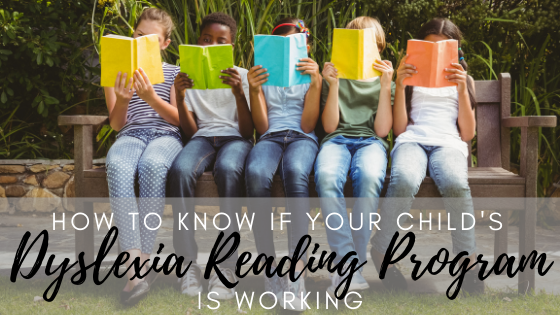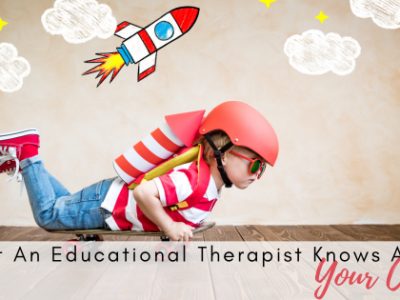
How to Know If Your Child’s Dyslexia Reading Program is Working
If your child has been diagnosed with dyslexia, the best chance you can give them for a successful academic career is to enroll them in an effective dyslexia reading program.
The programs that have a lasting impact will require an investment of time before they are completed. Once your child is enrolled, however, you will soon begin to see signs that the program is working. Here are just a few of the indications that your child’s dyslexia reading program is working.
You are using the right Dyslexia Reading Program: One of the best ways to be sure your child’s dyslexia program is working is by starting out with the right program in the first place. A regular tutor typically will not have the skills or experience to help your child overcome the challenges of dyslexia. Certified Academic Language Therapists are highly trained professionals who use the latest research to guide children and help them conquer their reading difficulties. Evidence-based, Orton-Gillingham driven therapeutic grade interventions offer the best opportunity for a successful dyslexia reading program.
Your child’s grades improve: This one may seem obvious, but effective dyslexia therapy will help your child’s academic performance – and not just in reading and spelling. The impact of dyslexia is often felt in not-so-obvious ways. Math, science and social studies frequently rely on a student’s grasp of reading. As a child’s dyslexia program begins to show results, those results will become apparent across the spectrum.
Your child starts reading: Better reading comprehension is the most noticeable result of a dyslexia reading program that works. And while we’d love it if neurodivergent children develop a love of reading for pleasure, that may not always be the case. What you will see if your child’s dyslexia reading program is working is spontaneous reading out in the world. It may be as simple as reading street signs while you’re driving to school, reading the directions on a box of brownies or reading a birthday card from grandma, but these are all signs that dyslexia therapy is doing what it is supposed to do.
Your child’s attitude toward school improves: If you have a child with dyslexia you’ve probably seen your child have a negative attitude toward school. A combination of frustration and disappointment often results from not being able to process information the way classmates do, leading to a child who “hates” school. As a dyslexia program begins to work that frustration and disappointment melt away, and children are able to discover their love of learning.
Your child’s self-confidence improves: Dyslexia can have a negative impact on self confidence and self esteem. Neurodivergent children frequently see themselves as not as smart or not as competent as their neurotypical peers. As dyslexia therapy begins to work, your child will also begin to realize and have confidence if their own abilities. If you are concerned about your dyslexic child’s mental health, Dyslexia on Demand offers a mental health support for neurodivergent children. Click here to learn more.
If you ready to start a dyslexia reading program that will help your child succeed in the long term, contact Dyslexia on Demand today.







